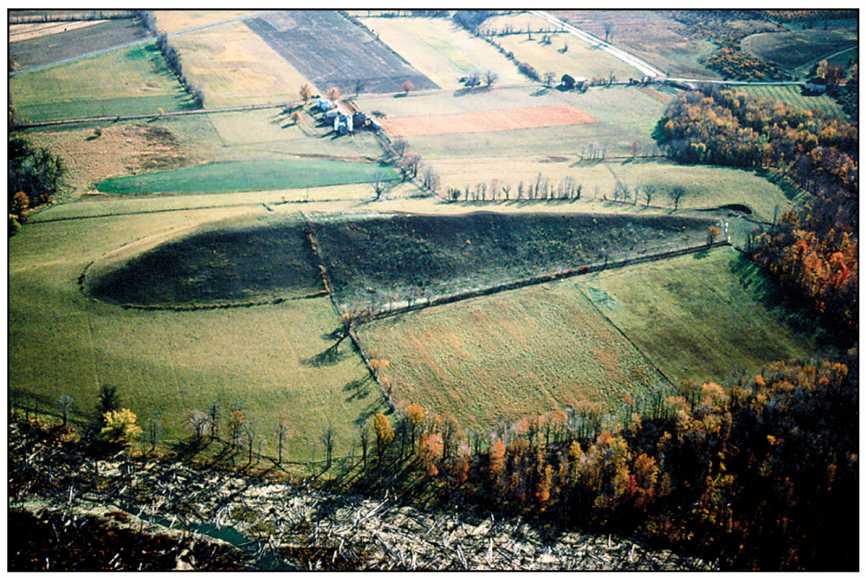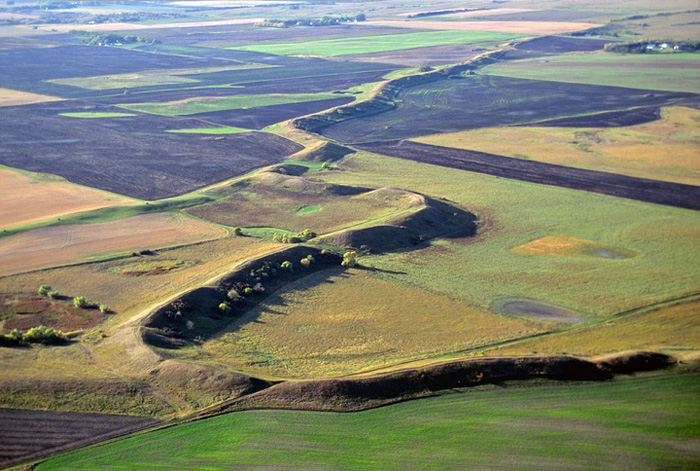Dear fellow students,
For assignment 1.3, as instructed in this blog post on the English 301 website, each student is required to choose a relatively complex term in their discipline and write three descriptions. The meaning of this word will be clarified to a non-technical audience with increasing level of details: parenthetical definition, sentence definition and expanded definition.
This assignment will help students to appreciate the importance and role of definitions in technical writing, to understand how audience and purpose indicate the need for definition, to differentiate between the levels of details in definition and to select the right level of detail according to the situation.
The Situation: I am a hypothetical instructor of an introductory Earth and Ocean Sciences course. This course focuses on Geomorphology, the study of the physical features of the surface of the earth and their relation to its geological structures. The definitions below are written for non-technical students outside of the Earth and Ocean Sciences field with no technical knowledge or background in this discipline.
Term:
Drumlin
Parenthetical Definition:
Drumlin (a feature of the Earth’s surface in the shape of an inverted spoon or a half-buried egg)
Sentence Definition:
Drumlin is an oval or elongated hill, formed beneath a glacier or ice sheet and aligned in the direction of the ice flow.
Expanded Definition:
Drumlin is an elongated hill and is usually asymmetrical with one side steeper than the other (see Figure 1). It is streamlined in the direction of glacial ice sheets flowing across the land and composed largely of glacial deposits. They are usually found in groups or fields, which comprise of tens to thousands of drumlins. An individual drumlin is usually 250 to 1,000 meters long, 120 to 300 meters wide, averaging just 13 meters high.

FIGURE 1: Example of a drumlin (Source: http://www.agpix.com/view_caption.php?image_id=206564&photog=1)
- How did the name originate?
First named by H.M. Close in 1897, the word “drumlin” is derived from the Gaelic word druim (a ridge or hill) or droimnín (littlest ridge) as a diminutive.
- What is it made of?
The internal composition of drumlins reveals a variety of sediment types and structures. Some drumlins have cores of rock, sand, boulder (a large smooth rock) or laminated clay and covered by till (unsorted glacial sediment). Some can be found with glaciofluvial material, which has previously been moved by glaciers, subsequently sorted and deposited by streams flowing from the meltwater. Drumlins can also be made of carved bedrock or a mixture of all the above. They do have one common compositional feature: most drumlins are composed almost exclusively of extremely local material, with transportation distances of a few kilometers or less. Other contributions from far-off locations are usually contained at the very tops of drumlins.
- How is it formed?
Due to the inaccessibility of glacier beds, no observation of an actively-forming drumlin has been recorded. There are two major theories revolving the formation of this feature: erosional theory and depositional theory.
The erosional theory focuses on the processes of removing material from one location then transporting it to another location on the Earth’s surface. As meltwater from glaciers creeps over a landscape, it scours loose material from that area and transports the material away, at the same time smoothens out the left behind high-resistant feature known as drumlin.
The depositional theory revolves around the successive geological process of laying down sediment (such as soil, rocks and materials) that has previously been carried by wind, water or ice to a land mass. This theory suggests that some areas may experience a slight change in pressure from the ice above or variation in the material below, which results in increased deposition and creation of mounds or drumlins under the glacier.
- How does it resemble or differ from similar glacial features?
Drumlins can be easily confused with eskers. They are both made by glacial processes but have very distinct features. Eskers are narrow, long, winding hills that were deposited by streams underneath the glaciers (see Figure 2). Drumlins, in contrast, are oval egg-like hills featuring a steep slope at one end and a gentle incline at the other.

FIGURE 2: An esker near Dahlen, North Dakota (Source: http://www.agpix.com/view_caption.php?image_id=206564&photog=1)
References:
Bean, Tom. “Esker, a sinuous ridge formed by subglacial ice age stream, aerial view near Dahlen, North Dakota”. AGPix. http://www.agpix.com/view_caption.php?image_id=206564&photog=1
“Drumlin”. Wikipedia, 1 Jan. 2019, https://en.wikipedia.org/wiki/Drumlin. Accessed 17 January 2019.
“Drumlins”. The University of Sheffield. https://www.sheffield.ac.uk/drumlins/drumlins. Accessed 17 January 2019.
Hall, Adrian. “Drumlin”. Landforms. http://www.landforms.eu/Lothian/drumlin.htm. Accessed 17 January 2019.
McKinnon, Mika. “Drumlins Are The Easy-To-Identify, Hard-To-Understand Glacial Landform”. Gizmodo, 22 Mar. 2015, https://gizmodo.com/drumlins-are-the-easy-to-identify-mysterious-to-unders-1692890209. Accessed 17 January 2019.
The Editors of Encyclopaedia Britannica. “Drumlin”. Encyclopaedia Britannica, 8 Jun. 2017, https://www.britannica.com/science/drumlin. Accessed 17 January 2019.
Turski, Mark. “Drumlin”. Jupiter Plymouth Education. http://jupiter.plymouth.edu/~sci_ed/Turski/Courses/Earth_Science/Images/4.drumlin.jpg
“What Is the Difference Between a Drumlin and an Esker?”. Reference. https://www.reference.com/science/difference-between-drumlin-esker-c13542f038998622. Accessed 17 January 2019.
Leave a Reply